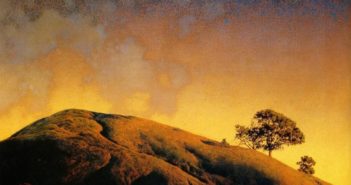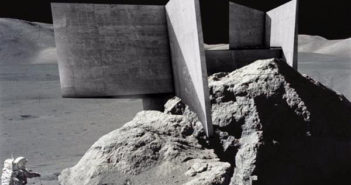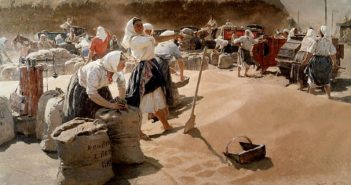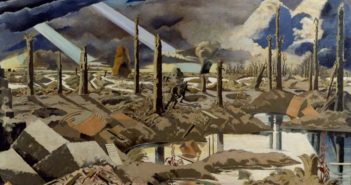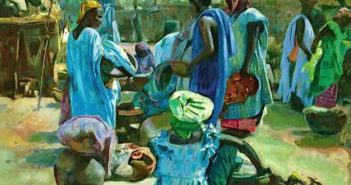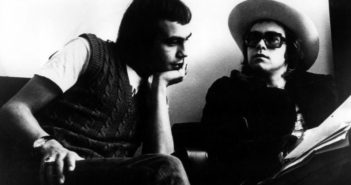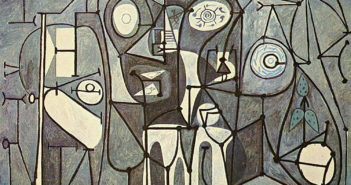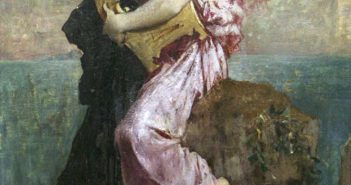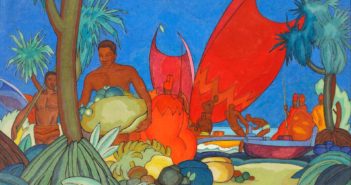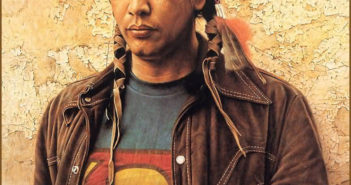
Depicting greatness
As part of the visitor’s tour of the U.S. Capitol building in Washington, D.C., you can look at the recently restored, nearly 200-year-old Capitol Rotunda — a massive, domed, circular room that marks the geographic center of the city and where eminent citizens lie in state and important works of art are dedicated. Constantino Brumidi’s The Apotheosis of Washington is painted 180 feet up on the 4,664 square-foot rotunda canopy. The neoclassical fresco shows George Washington majestically ascending to a godly rank, surrounded by Liberty, Victory/Fame, 13 maidens representing the original states and six groups of figures embodying the arts and sciences.

